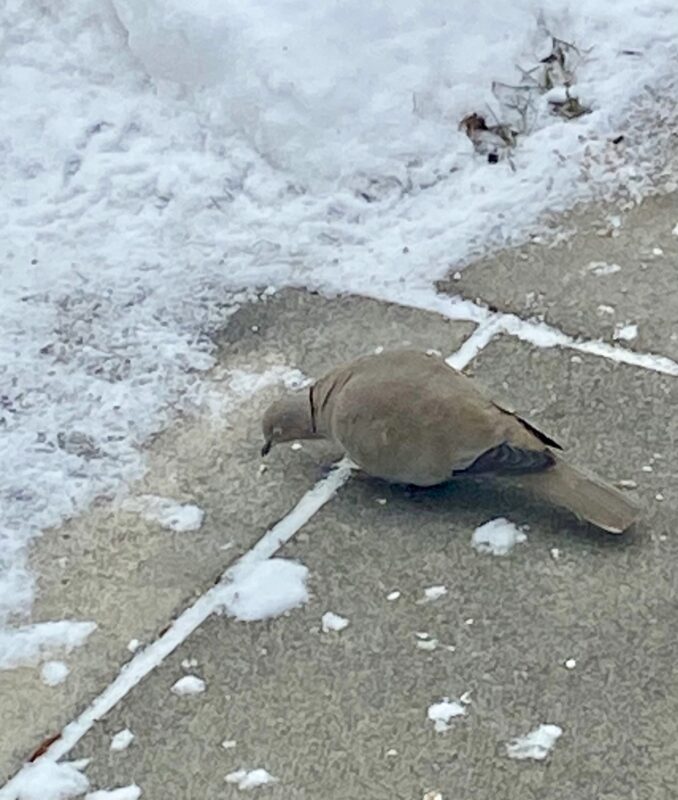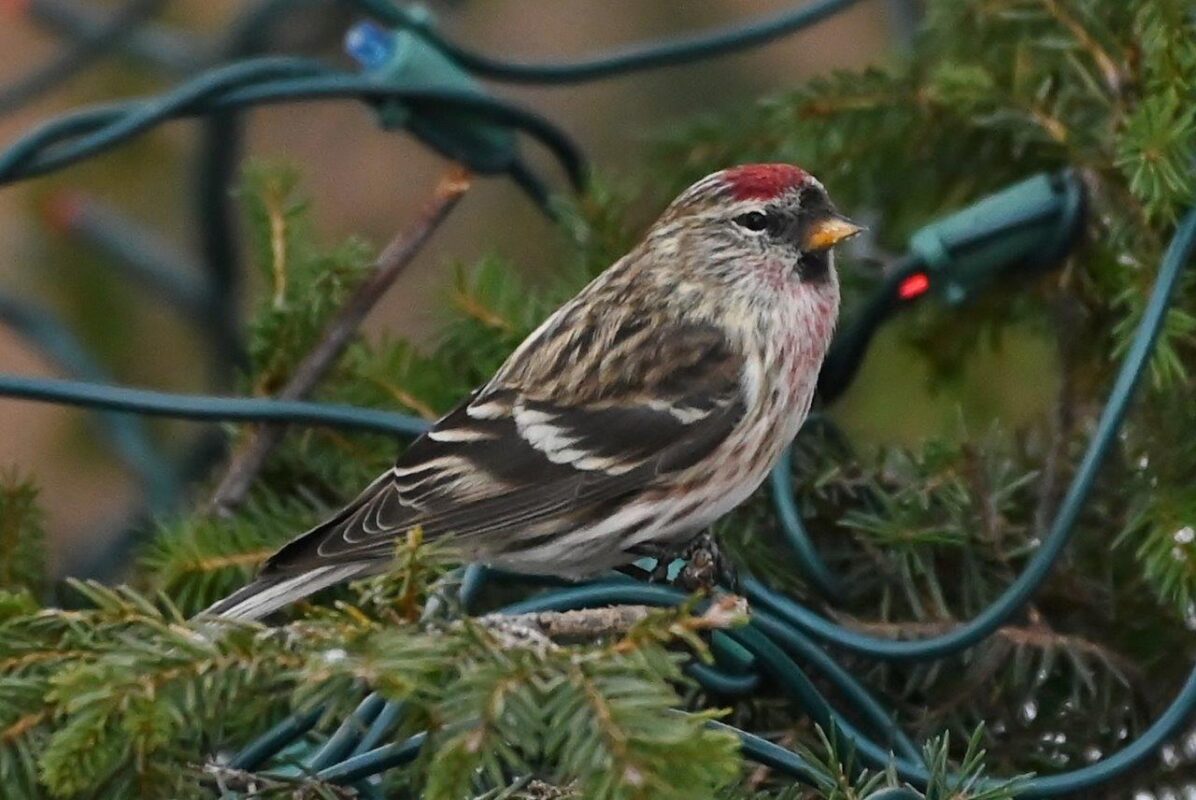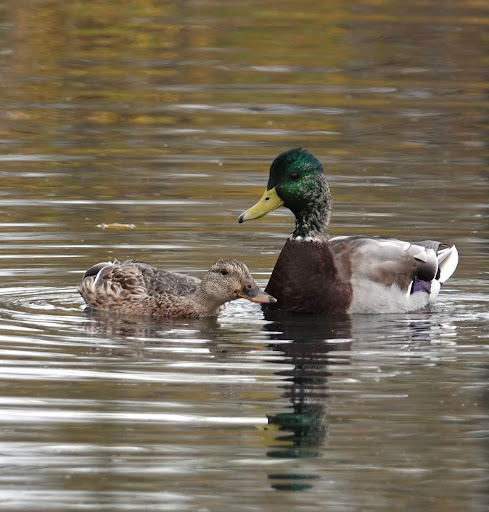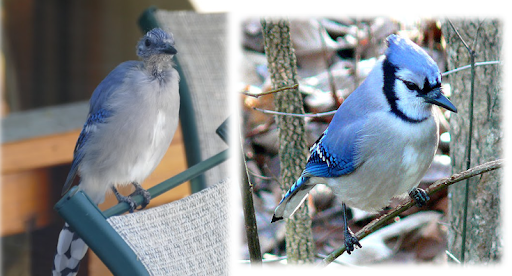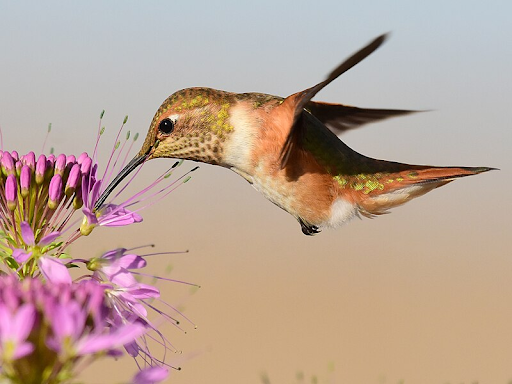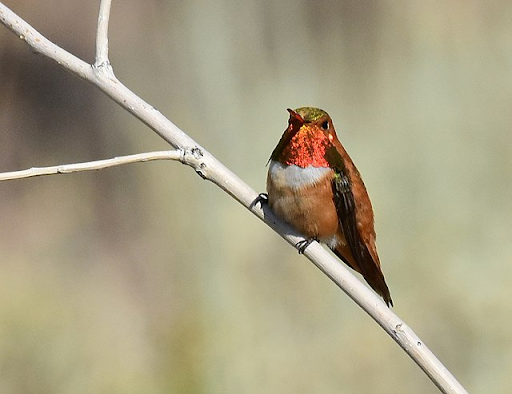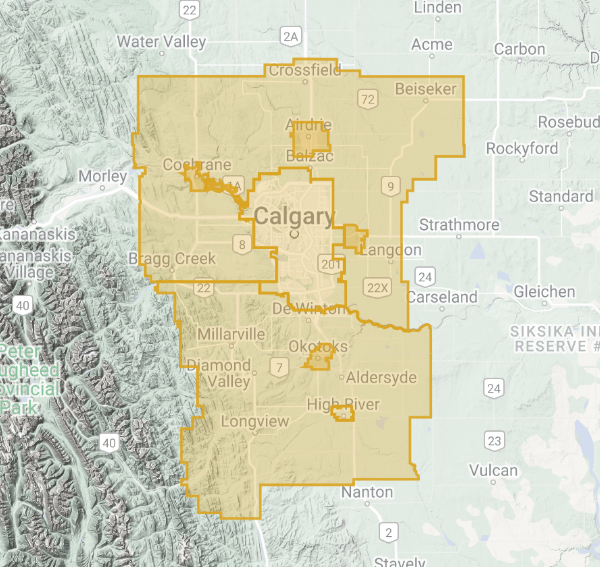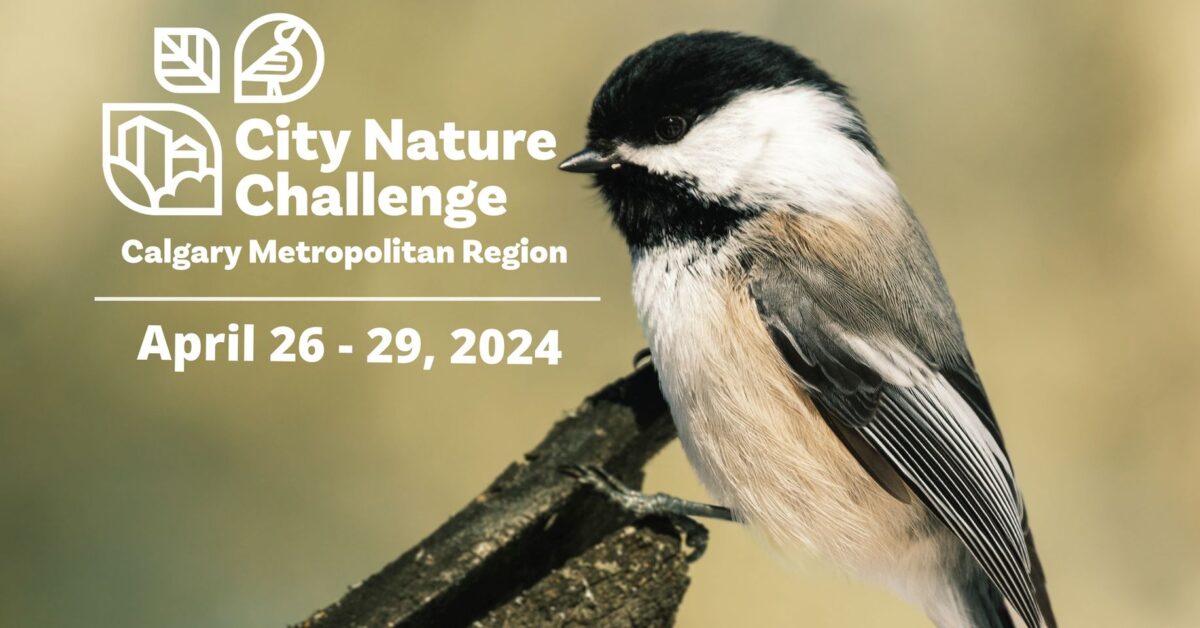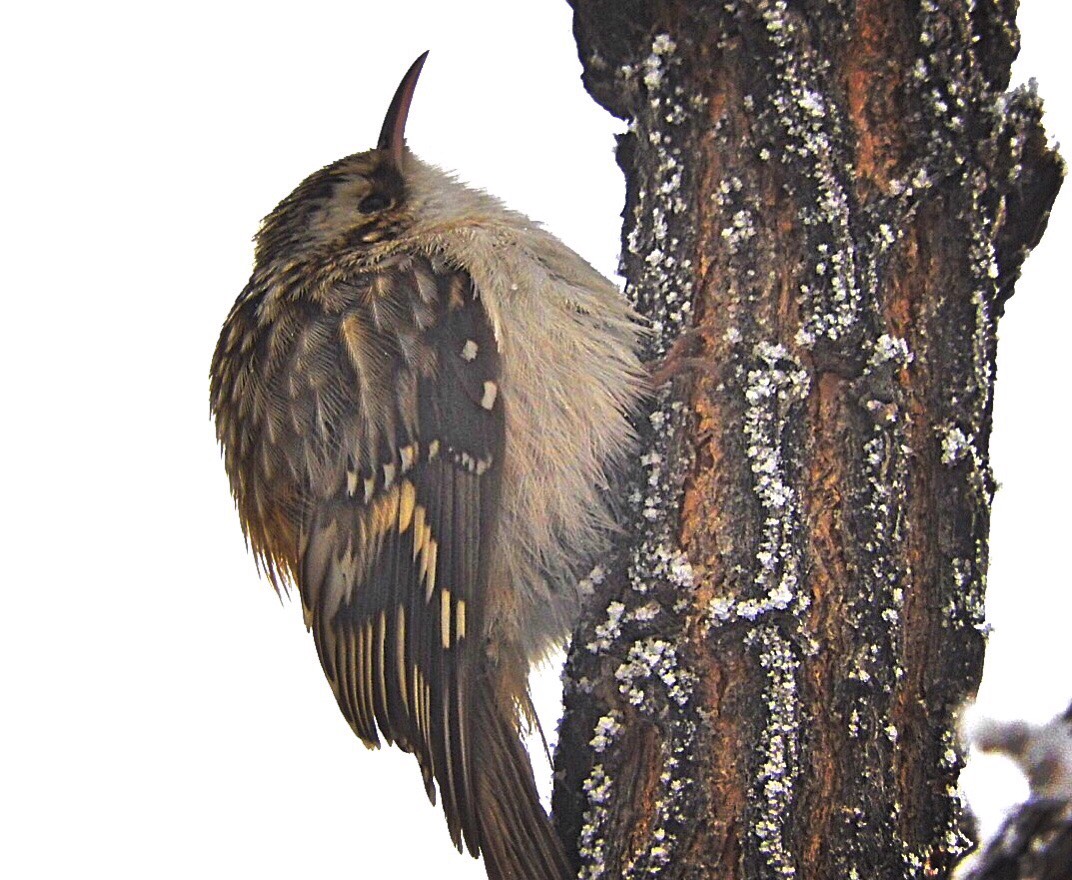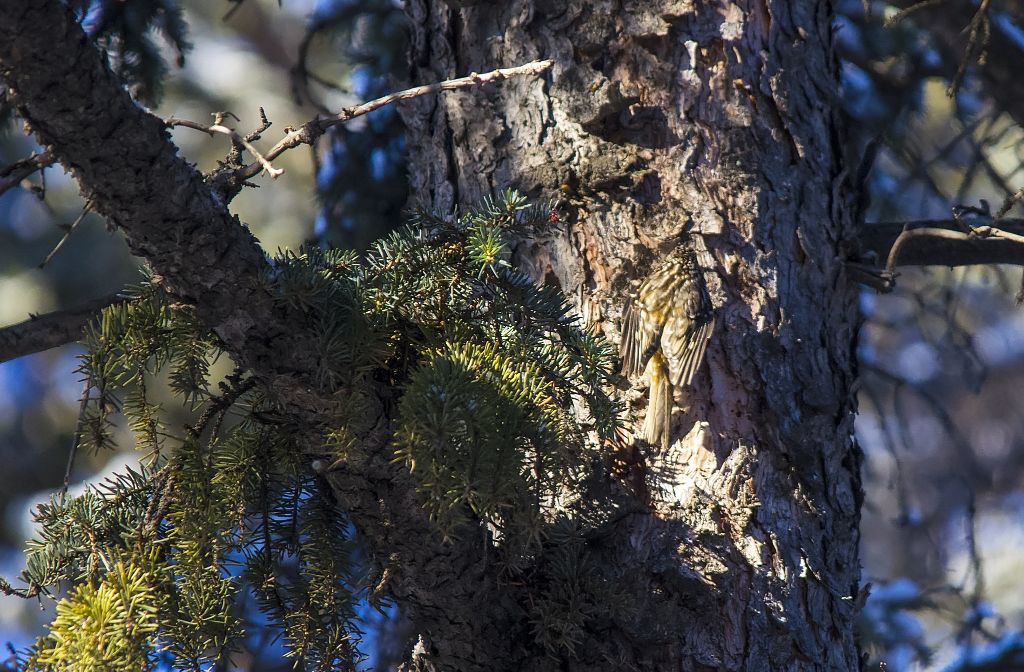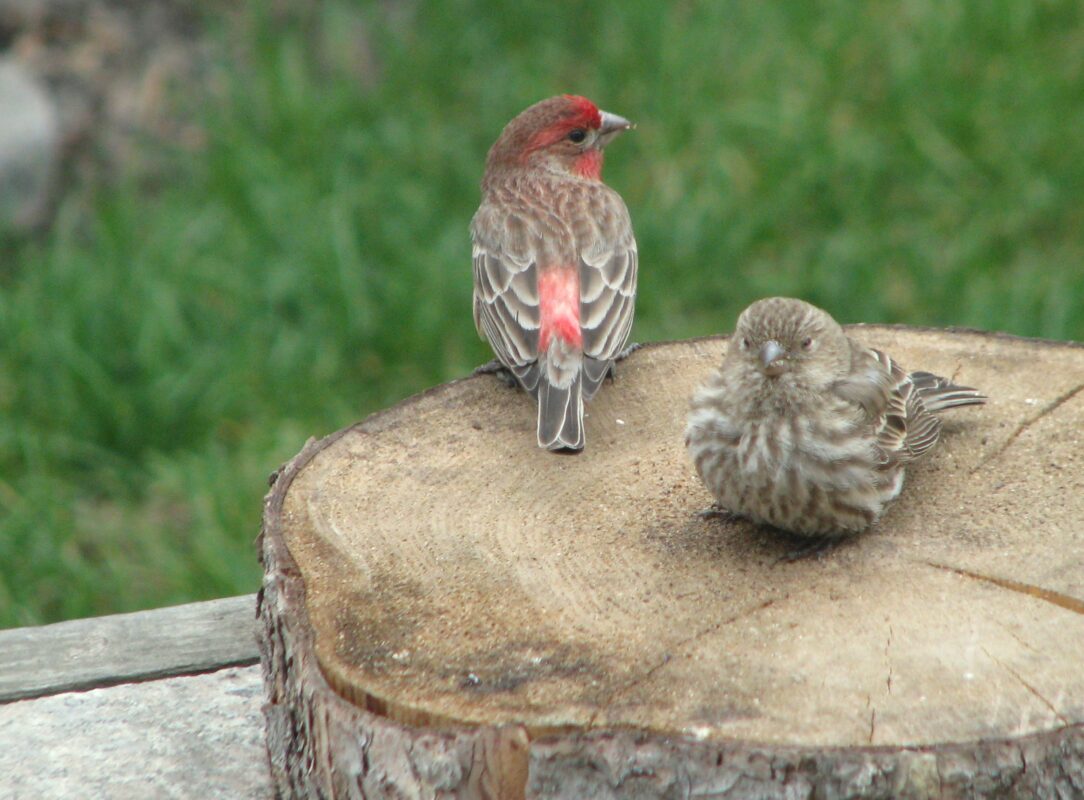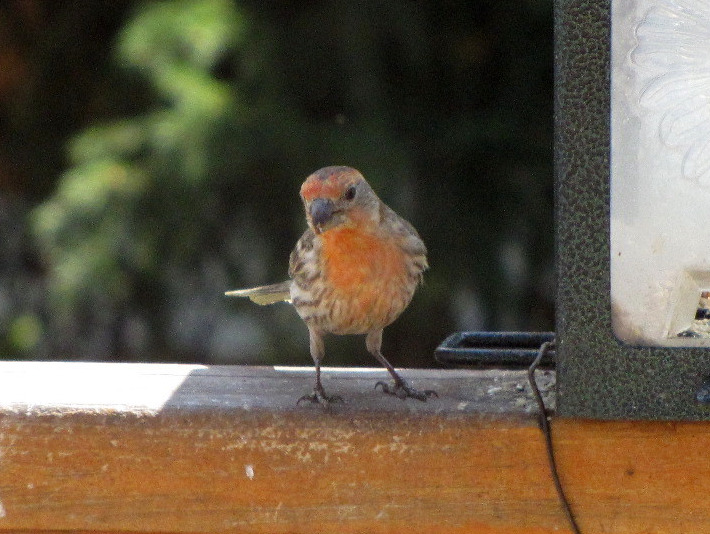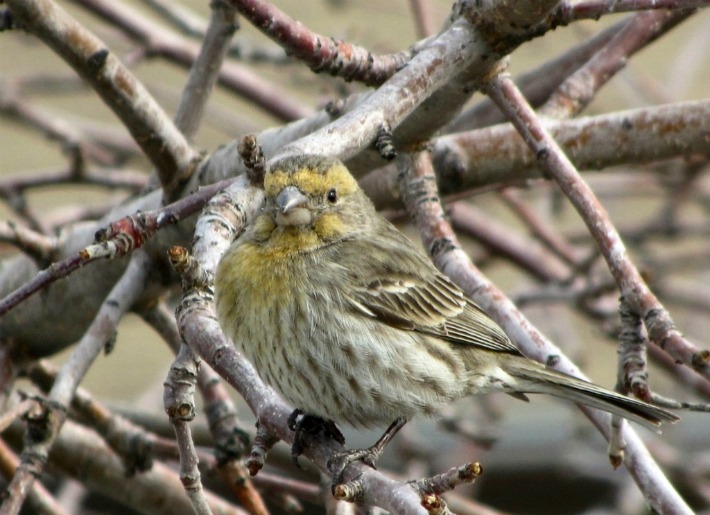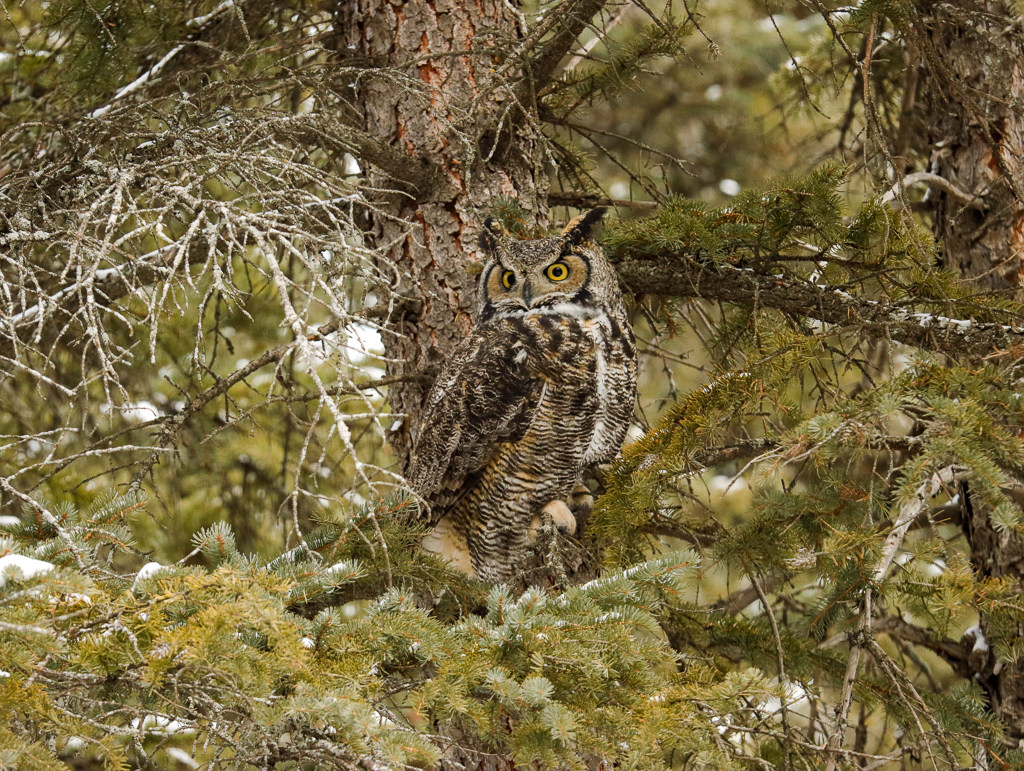Register here to join backyard feeder watchers, or urban walking or driving routes.
The more eyes we have looking for birds during the Calgary Christmas Bird Count on December 15th, the better picture we will have of winter bird populations in Calgary.
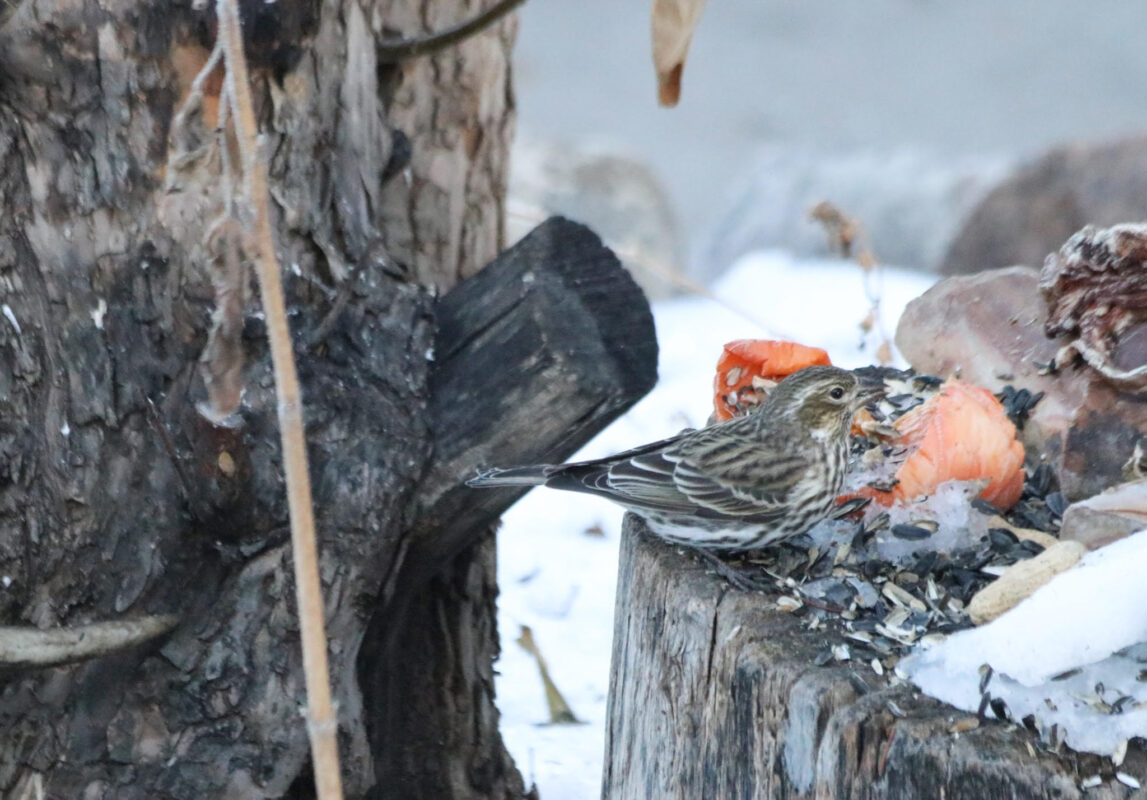
We could use a few more people to join existing teams who will be covering established routes driving or walking in a few parts of the city. (Refer to the section numbers on the map below.) This includes routes in the far NW (N9), Beaverdam Flats area (E1), Dover/Erin Woods/Forest Lawn/Marlborough neighbourhoods (E-5), the area south of Downtown along the Elbow River (W-3), a large section of the SW including North Glenmore Park (W-5), the large western edge of the Count Circle from Canada Olympic Park south to Griffiths Woods (W-6), and even Carburn Park (S-1) which is the section that usually finds the most species of birds. Please register if you’d like to help out in one of these areas – you can specify your preferred section number when you register.
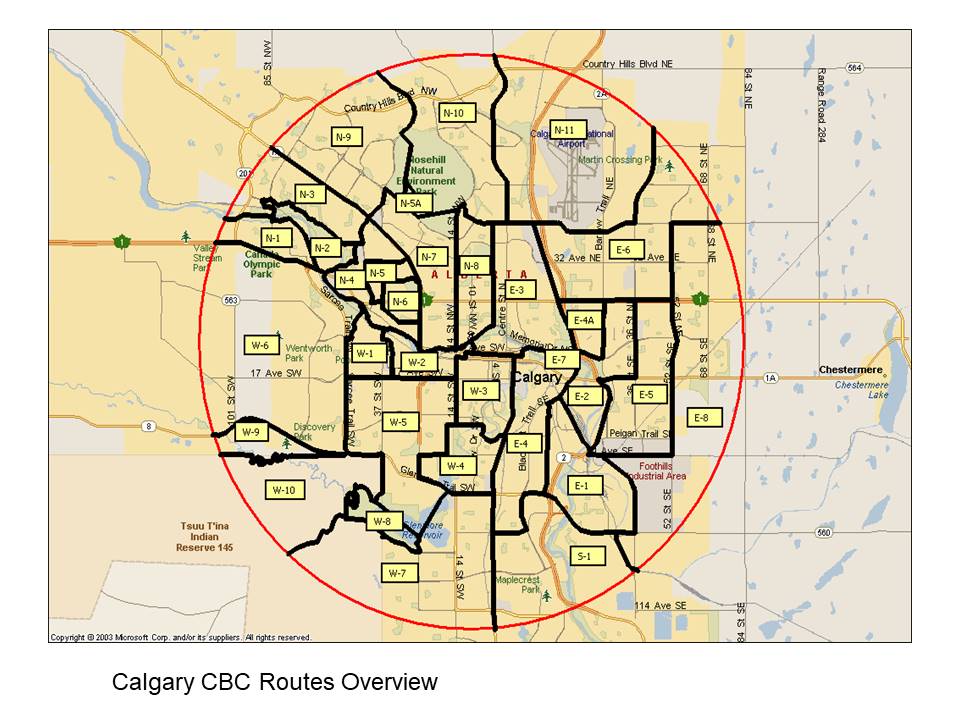
Some sections have no one covering them at all yet. If you would like to do one of these by yourself, or lead a small team, again please register. Areas available include Bowness including Bowness Park (N1), The U of C grounds and parts of Varsity and Shouldice (N-4a), Parkdale and the rest of Shouldice (N-4b), and the Capitol Hill area (N-7 lower).
As always, in addition to the field teams, we will accept as many people as we can get counting birds at their feeders in their yards. You can watch for as little as 30 minutes on Count Day. Just select “Feeder Watcher” on the registration form under “How do you want to participate?” (Note that you must live within the Count Circle as shown on the map, in order that your Feeder Watcher results can count for the CBC.)
Once again, the count is Sunday December 15th. Register here!
